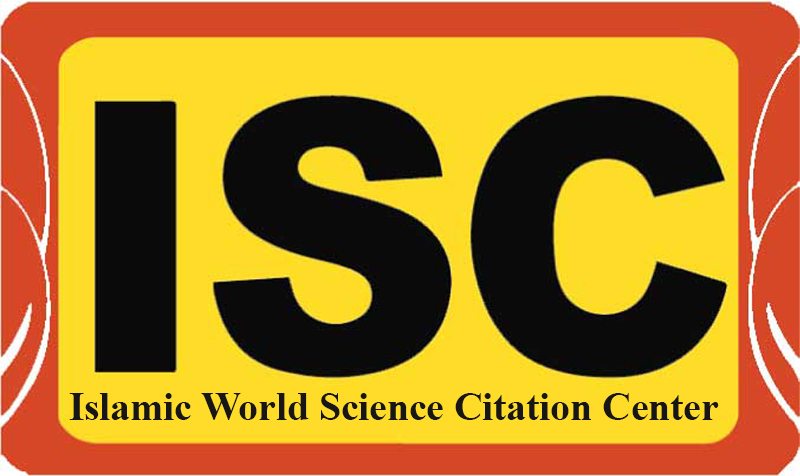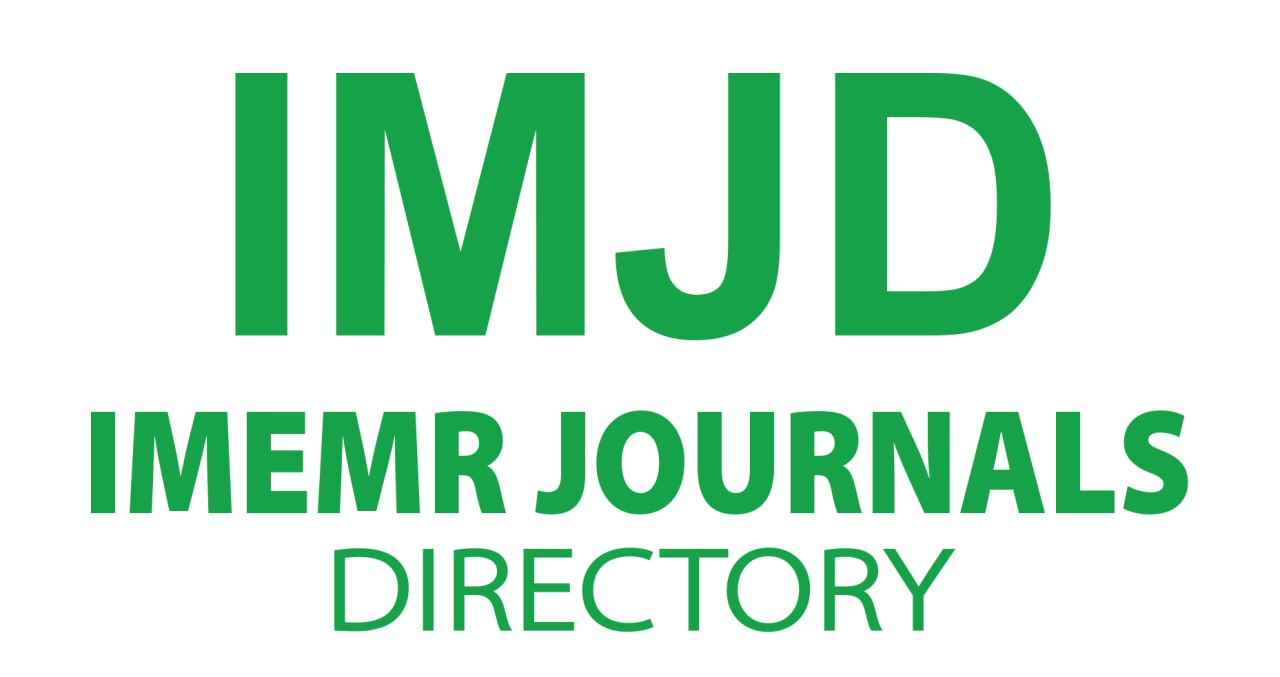Integrating molecular docking and molecular dynamics simulation approaches for the investigation of the affinity and interactions of curcumin with Class D β-lactamase
DOI:
https://doi.org/10.62134/ajbms/v2.i1.khatamuni.5Keywords:
Molecular docking, Molecular dynamics simulation, Class D β-Lactamase, CurcuminAbstract
Introduction: Antimicrobial resistance has become major concern of treating infectious disease due to their extensive use, which led to bacterial gen modification and secretion of some enzymes by these microorganisms that make them survival despite the presence of antibiotics. Searching of inhibitors for these resistant pathogens were helpful to elevate the impact of antibiotics in curing diseases. Curcumin is a natural compound which has several medicinal effects, can be used to inhibit OXA-10 β-lactamase class D enzymes.
Materials and Methods: Molecular docking and Molecular dynamic simulation utilized to understand the binding pose, structural integrity, stability and binding energy of class D beta lactamase with Curcumin using Autodock 4.2.2 software and GROMACS 2019.6 program applying AMBER99SB force field respectively.
Results: Molecular docking results and interaction analysis of molecular dynamics simulations indicated stable hydrogen bonds and van der Waals interactions of Curcumin with OXA-10 β-lactamase.
Conclusion: This paper indicates that curcumin which is a natural ingredient can be used as a potential inhibitor of class D β -lactamase OXA-10.
Downloads
Published
How to Cite
Issue
Section
Categories
License
Copyright (c) 2024 Afghanistan Journal of Basic Medical Science

This work is licensed under a Creative Commons Attribution 4.0 International License.









